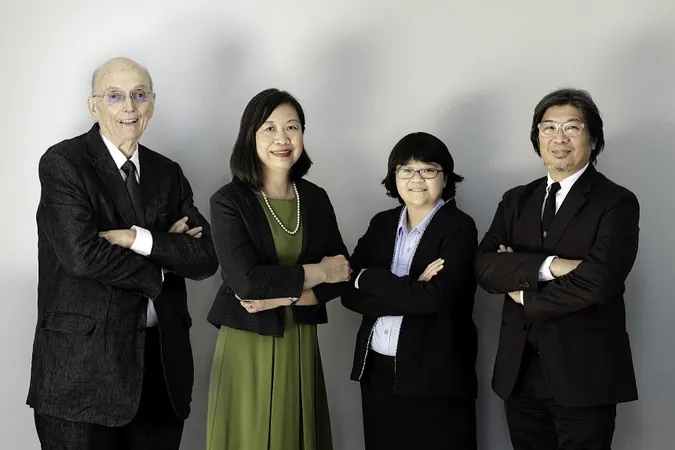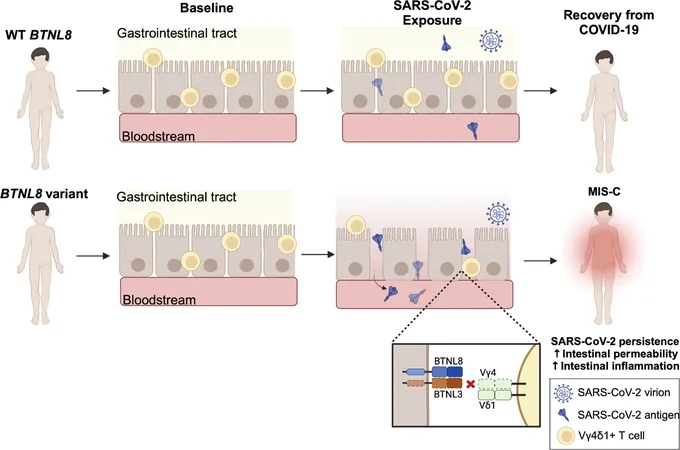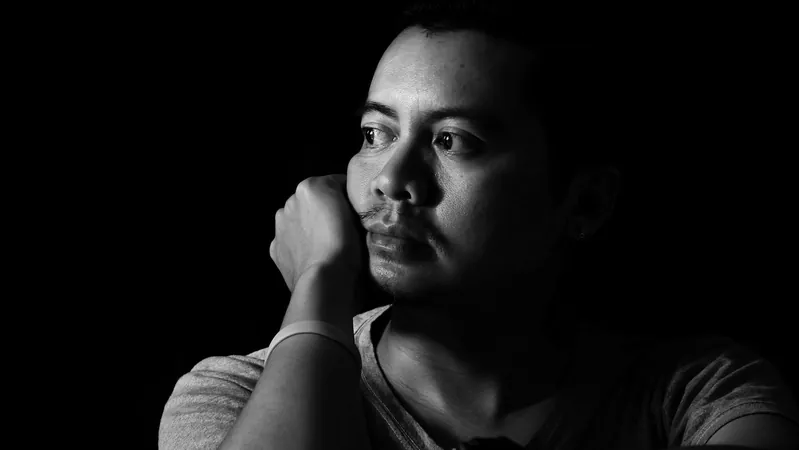
Revolutionizing Myopia Treatment: Singapore's Breakthroughs for Future Generations
2024-11-24
Author: John Tan
Myopia Crisis in Singapore
SINGAPORE - With an astonishing four out of five young adults in Singapore suffering from myopia—a condition that distorts distant vision—researchers at the Singapore Eye Research Institute (Seri) have made combating this growing epidemic their top priority.
"Myopia is a critical public health issue, and we recognized its potential threat to our younger generations," stated Professor Donald Tan, a notable figure in ophthalmologic research and former director of Seri. He recalls their landmark clinical trials, which began in 1997, revealing that three-quarters of young enlistees in the national military were myopic. This alarming statistic underscored the pressing need for effective solutions.
Collaborative Research Efforts
Seri, the research arm of the Singapore National Eye Centre (SNEC), collaborates closely with prestigious institutions like the NUS Yong Loo Lin School of Medicine and Duke-NUS Medical School to address the myopia crisis.
Myopia primarily arises from an elongation of the eyeball, with treatments traditionally involving corrective lenses. Current estimates suggest that around 30% of the global population is myopic, a figure projected to soar to nearly 50% by 2050. This condition is most prevalent in East and Southeast Asia, with rates reaching up to 90% in areas like South Korea, Taiwan, and Japan.
Unique Insights from Singapore's Experience
Recognizing the unique challenge myopia presents, Professor Saw Seang-Mei, a key researcher at Seri, highlighted that Singapore's experience with this condition provides invaluable insights.
"In Singapore, 83% of young adults are myopic, making it a distinctly Asian issue with widespread implications," she remarked.
Research Findings on Myopia Risk Factors
Through meticulous research involving nearly 10,000 children, Professor Saw has pinpointed early indicators that predict which children are most at risk of developing severe myopia and its associated complications, such as retinal detachment and glaucoma.
Her work emphasizes the importance of outdoor activity and the effects of screen time on eye health, discovering that time spent outdoors plays a protective role against myopia progression.
Breakthrough in Treatment: Low-Dose Atropine
A pivotal advancement in myopia management has been the discovery of low-dose atropine eye drops, which have transformed treatment protocols.
Initially used at a 1% concentration, researchers found that a diluted 0.01% solution effectively slows myopia's progression with significantly fewer side effects. This breakthrough was presented with the President’s Science Award in 2019, signifying its impact on global ophthalmology.
"We effectively demonstrated that low-dose atropine can reduce myopia progression by 50 to 60% in children aged six to twelve, creating a safer option for long-term management," Professor Tan explained.
International Impact of Myopine
This innovative treatment, dubbed Myopine, is now making waves internationally, with ongoing registrations in several countries, including China.
Harnessing AI in Myopia Management
In an exciting twist, the team is also pioneering the use of artificial intelligence in managing eye diseases.
Recent developments include an AI tool that assesses children's risk levels for developing myopia, ensuring timely interventions tailored to their needs, whether that involves eye drops or specialized contact lenses.
Optimism for the Future of Myopia Treatment
As researchers turn their focus towards precision medicine, there's a palpable sense of optimism about the future of myopia treatment.
With their efforts, Professor Tan believes that they have reshaped the global conversation surrounding myopia, making significant strides toward curbing this visual epidemic.
"The work we’ve done has not only altered the landscape of myopia management in Singapore but could very well influence practices worldwide," he concluded.
Conclusion: A New Hope for Vision Care
In a world where clear vision is increasingly at risk, Singaporean researchers are lighting the way forward, heralding a future where myopia doesn't dictate the lives of children. Stay tuned for further advancements that could change the trajectory of vision care globally!





 Brasil (PT)
Brasil (PT)
 Canada (EN)
Canada (EN)
 Chile (ES)
Chile (ES)
 España (ES)
España (ES)
 France (FR)
France (FR)
 Hong Kong (EN)
Hong Kong (EN)
 Italia (IT)
Italia (IT)
 日本 (JA)
日本 (JA)
 Magyarország (HU)
Magyarország (HU)
 Norge (NO)
Norge (NO)
 Polska (PL)
Polska (PL)
 Schweiz (DE)
Schweiz (DE)
 Singapore (EN)
Singapore (EN)
 Sverige (SV)
Sverige (SV)
 Suomi (FI)
Suomi (FI)
 Türkiye (TR)
Türkiye (TR)